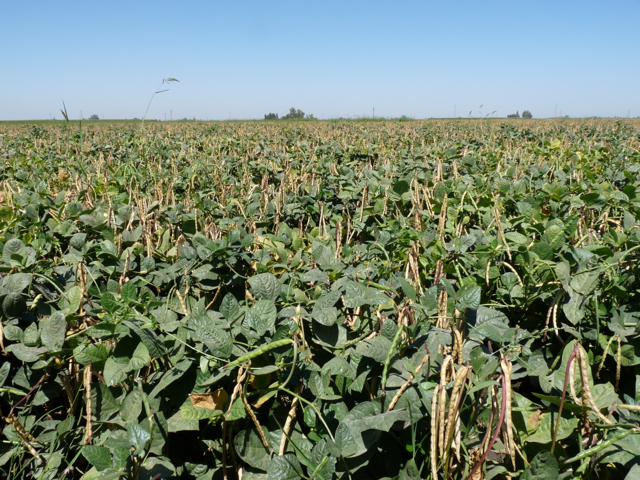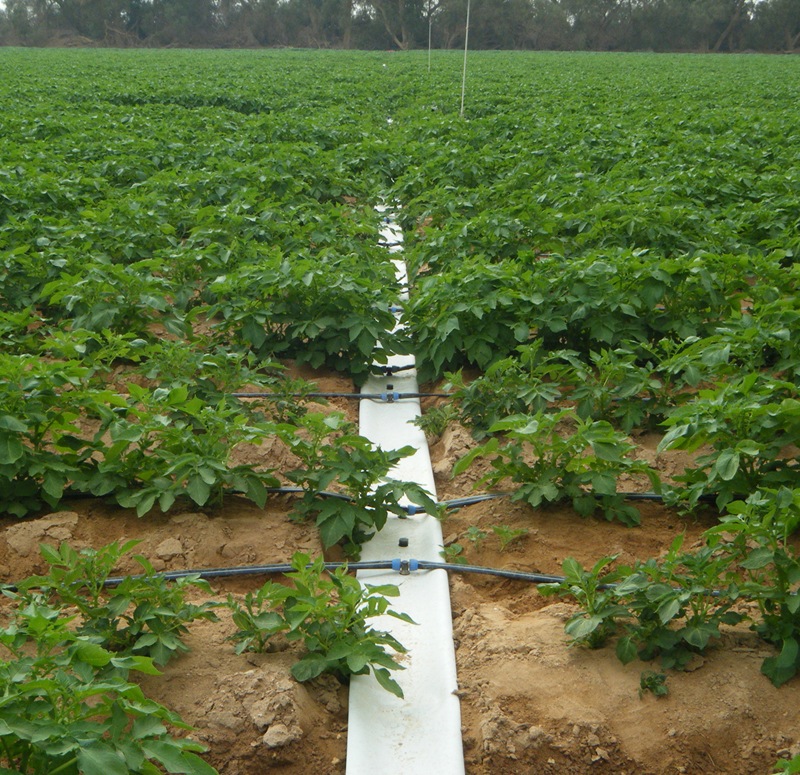Farmers Hit With New Regulatory Fee
Source: The Porterville Recorder
Farmers who are already reeling from a lack of water to irrigate their crops this summer are being hit with an annual acreage fee to meet a mandated program to monitor water runoff from irrigated lands.
The Central Valley Regional Water Quality Control Board in September of 2013 adopted new waste discharge requirements to protect ground and surface water from irrigated agricultural discharges for the Tulare Lake Basin area. That led to a plan to monitor groundwater and what impacts irrigation has on that groundwater.
Growers who irrigate agricultural lands for commercial purposes within the Tulare Lake Basin area must comply, but they do have a choice. They can either deal individually and directly with the Water Board, or they can join one of several regional coalitions that have been formed to assist growers in meeting all the requirements.
In the Porterville area, that coalition is the Tule Basin Water Quality Coalition. There is also a coalition in Kern County, as well as the Kaweah Basin Water Quality Coalition to the north. Some growers who have irrigated lands in both, will have to sign up with both, said Tulare County Supervisor and citrus grower Allen Ishida.
The deadline to sign up is rapidly approaching. Growers must sign up with their local coalition by Aug. 4, or they will be stuck dealing directly with the Water Board and having to monitor their groundwater on their own.
“If you received the letter, you better pay it,” stressed Ishida, explaining that monitoring even just a 10-acre plot could cost several thousand dollars a year.
The plan was put into place to improve the quality of groundwater, but Ishida said “They’re regulating without the base science.”
He contends the cause of nitrates in the ground, which is very common in Tulare County, has not been pinned down and that the Water Board is incorrectly blaming farmers. “We’re not the only ones contributing to high nitrates,” said Ishida, agreeing that some nitrates naturally occur, but no one has determined how much is natural.
David DeGroot, who is with 4 Creeks, an engineering firm working for the Tule Basin Coalition, said the only farming operations exempt from this latest order are dairy farmers because they are already under an irrigated management plan.
He said the basin began monitoring surface water in 2003 and now that has been extended to water pumped from the underground.
Farmers got the Water Board to agree to the coalition idea. “Rather than do this individually, maybe we can form a coalition to do the work,” said DeGroot of the idea. “It is a lot more cost-effective.”
The coalition will handle all the monitoring and reporting, which DeGroot said is extensive. Also, it will deal with the Water Board.
The cost for the Tule Basin Coalition is $5 per acre of irrigated land and a $100 participation fee. Both are annual costs. DeGroot and Ishida said the cost for the Kaweah Basin is higher. DeGroot said having to deal with the Water Board is much more expensive.
If a person ignores the order, then there are hefty fines. DeGroot also said if a grower misses the Aug. 4 deadline, they are prohibited from signing up later unless the Water Board grants them permission. Either way, not signing up by Aug. 4 will mean the grower will have to deal with the Water Board, and probably face a fine for not signing up.
According to the state, the Tulare Lake Basin Plan identifies the greatest long-term problem facing the Basin as the increase in salinity in groundwater. Because of the closed nature of the Tulare Lake Basin, there is little subsurface outflow. Thus salts accumulate within the Basin due to the importation and evaporative use of water. A large portion of this increase is due to the intensive use of soil and water resources by irrigated agriculture.
However, the order covers the entire San Joaquin Valley. DeGroot said the total acreage of the Tule Basin is 600,000 acres, of which 350,000 aces are irrigated ag land. He said basically the boundaries are roughly Avenue 196 on the north and the Kern County line on the south, the foothills on the east and the Tulare/Kings county line on the west.
The Water Board said the order requires “the implementation of management practices to achieve compliance with applicable water quality objectives and requiring the prevention of nuisance. The Order requires implementation of a monitoring and reporting program to determine effects of discharges on water quality and the effectiveness of management practices designed to comply with applicable water quality objectives.”
DeGroot said the initial objective is to summarize conditions in a basin. “Once those are approved, then we’ll go out and start monitoring wells,” he said. The plan is to test a well every nine sections.
So far, DeGroot said the sign-ups have gone well, but they know a lot of landowners have held off. As of late last week, he estimated 65 percent of farmers have joined the coalition.














